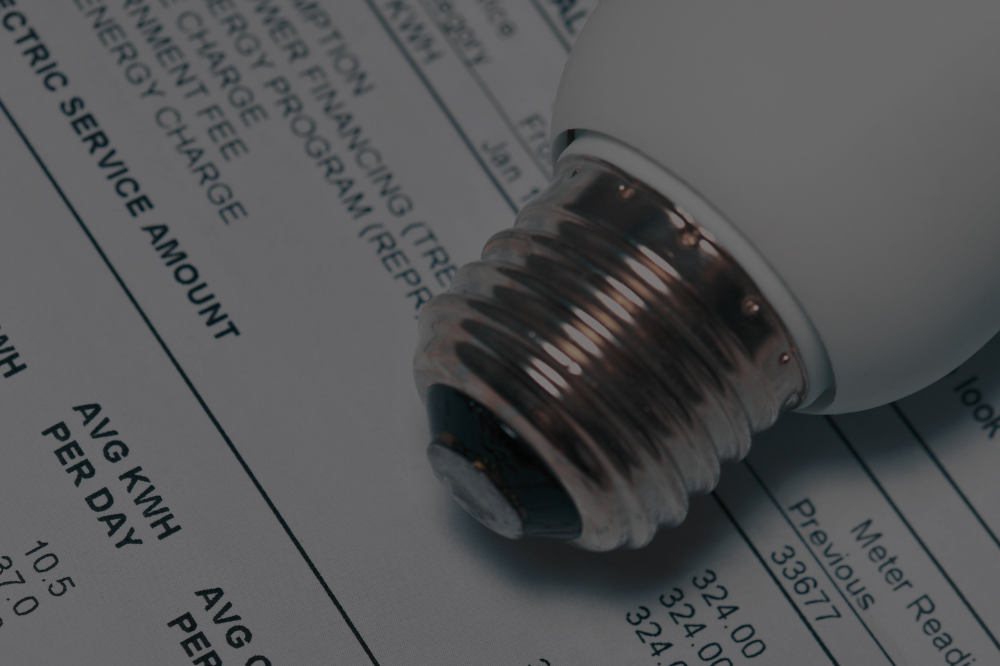Amid cruel heat waves, people are resorting to more home cooling, whcih can take electricity to higher costs!
On July 22, the global average temperature reached 62.87ºF (17.15ºC), marking it the hottest day ever recorded. This peak temperature was part of a series of extremely hot days worldwide. In the U.S., relentless heat waves have affected many areas, forcing Americans to choose between paying higher home cooling costs or enduring the heat to save money.
According to the National Energy Assistance Directors Association and the Center for Energy, Poverty, and Climate, the average cost of cooling homes this summer is expected to be $719 from June to September, almost 8% more from $661 in the same period last year.
The rise in home cooling costs over the past decade is linked to increasing temperatures, which demand more electricity. Looking ahead, research from the JPMorgan Chase Institute suggests that by the end of the century, the U.S. may experience at least 50 days annually with maximum temperatures exceeding 95ºF.
“We’re seeing more and more high heat days and the impact of climate change. That’s another expense that families and households have to manage”, said Heather Higginbottom, head of research, policy and insights for corporate responsibility at JPMorgan Chase.
Low-Income Households May Have to Endure
Low-income families are particularly vulnerable to rising temperatures and the associated costs. Many of these households opt to avoid cooling their homes to save money, spending 37% to 45% less on air conditioning compared to higher-income households, according to analysis of anonymized firm data done by JPMorgan Chase Institute.
For most families, higher electricity bills have a minimal impact on other expenses. According to the JPMorgan Chase Institute’s research, in Houston, an extra 95-degree day reduces average family spending by less than $1. In Los Angeles and Chicago, no significant effects were found.
“Lower-income households will spend less on air conditioning than middle- or higher-income households on high heat days, and essentially just go without cooling their homes as effectively for financial reasons”, Higginbottom said.
Mark Wolfe, executive director of the National Energy Assistance Directors Association, pointed out that rising energy prices disproportionately impact lower-income families, as a larger share of their budget is devoted to these costs.
For high-income families, energy bills might increase from 3% to 3.1% of their budget, but for low-income families, it could rise from 8.3% to 11%, significantly limiting their discretionary income. This is especially concerning as these households often include young children, elderly, or disabled individuals, who are more susceptible to health risks from high temperatures, Wolfe added.
No Easy Solutions
Wolfe stressed the urgency of addressing these issues, as temperatures are rising faster than anticipated. He highlighted two policy approaches: providing immediate assistance to help people pay their cooling bills and implementing long-term measures to retrofit housing for low-income families with affordable, modern cooling systems.
For now, families at risk of utility shut-offs due to unpaid bills can consider simple measures to save on cooling costs, such as setting thermostats higher or improving home insulation. However, Wolfe warned that this summer is a “wake-up call” indicating the need for substantial changes.
“We’re having extended periods of very high temperatures, and we’re not prepared for it. This is going to be expensive to adapt. There’s no inexpensive solution”, Wolfe said.

